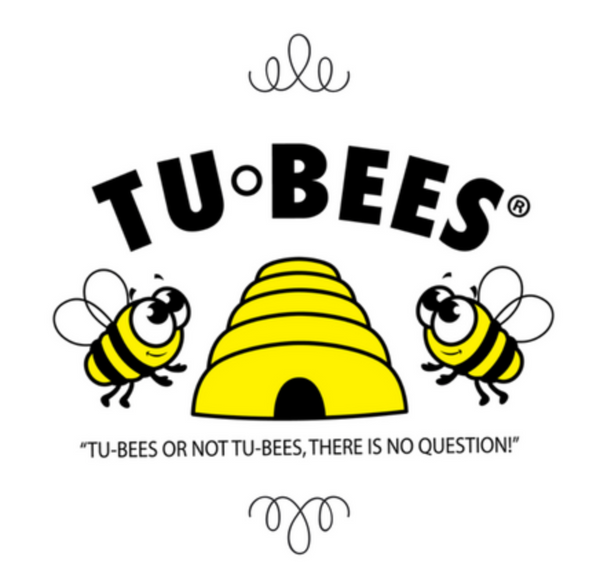In the world of honey, the choices seem endless, with raw honey, unpasteurized honey, and pasteurized honey gracing the shelves. While they all share the same source – the hardworking honeybee – the processing methods and end products differ significantly. Let's embark on a journey through the sweet spectrum to understand the differences that set raw, unpasteurized, and pasteurized honey apart.
Raw Honey:
Raw honey is the nectar of flowers transformed by bees into a golden elixir without any additional processing. Harvested directly from the hive, raw honey retains its natural goodness, including enzymes, antioxidants, vitamins, and minerals. It's the embodiment of honey in its purest form, preserving the distinct flavors and aromas of the local flora.
One of the defining characteristics of raw honey is its texture – it may contain particles of beeswax, pollen, and small honeycomb fragments. This gives it a crystallized or creamy consistency, adding a delightful complexity to its texture. Raw honey enthusiasts argue that these remnants contribute to the unique and nuanced taste that mass-produced honeys often lack.
Health enthusiasts particularly appreciate raw honey for its potential health benefits. The enzymes present in raw honey aid in digestion, while antioxidants can help combat free radicals in the body. It is also believed to have anti-inflammatory properties and may offer relief for sore throats and allergies when consumed regularly.
Unpasteurized Honey:
Unpasteurized honey shares similarities with raw honey but undergoes a specific processing step where the honey is “slightly” heated when being processed. While raw honey can crystallize naturally over time, unpasteurized honey may remain in a liquid state for longer periods. Unlike pasteurization that involves exposing the honey to high heat that eliminates any potential bacteria, yeast, or crystallization, unpasteurized honey skips this step to retain more of its natural composition.
The decision to skip pasteurization is rooted in the desire to preserve the delicate balance of enzymes, vitamins, and other beneficial compounds within the honey. Proponents argue that avoiding heat helps maintain the honey's nutritional integrity, ensuring consumers receive the maximum health benefits.
Unpasteurized honey is often favored by those who seek a compromise between the unadulterated nature of raw honey and the convenience of a liquid form. It offers a smoother texture than raw honey but retains a higher nutritional profile compared to its pasteurized counterpart.
Pasteurized Honey:
Pasteurized honey is the most processed option among the three, as it undergoes a heat treatment to eliminate potential bacteria and yeast. This process also prevents crystallization, resulting in a honey that remains liquid for an extended period on the shelf. While pasteurization may make honey more visually appealing, it comes at a cost – the high temperatures employed can alter the honey's natural composition.
The heat used during pasteurization can degrade enzymes, antioxidants, and other beneficial compounds present in honey. While the honey may still contain natural sugars, some argue that the loss of these elements diminishes the potential health benefits associated with raw and unpasteurized varieties.
When comparing the sweet realm of honey, the choices between raw, unpasteurized, and pasteurized honey is based on the flavors, textures, and nutritional profiles. Raw honey stands as the purest form, capturing the essence of the local flora and providing a treasure trove of nutrients. Unpasteurized honey, while similar, offers a compromise between the untouched nature of raw honey and the convenience of a liquid form and much smoother creamed form. On the other hand, pasteurized honey, though visually appealing and shelf-stable, sacrifices some of the health benefits associated with its less processed counterparts.
Ultimately, the choice between these honey varieties boils down to personal preferences, culinary needs, and health considerations. Whether you savor the complexities of raw honey, appreciate the compromise of unpasteurized honey, or opt for the convenience of pasteurized honey, each option promises a sweet experience straight from the hive to your table.
